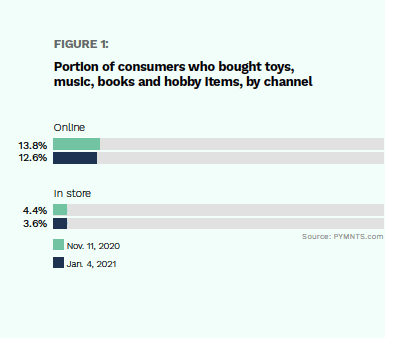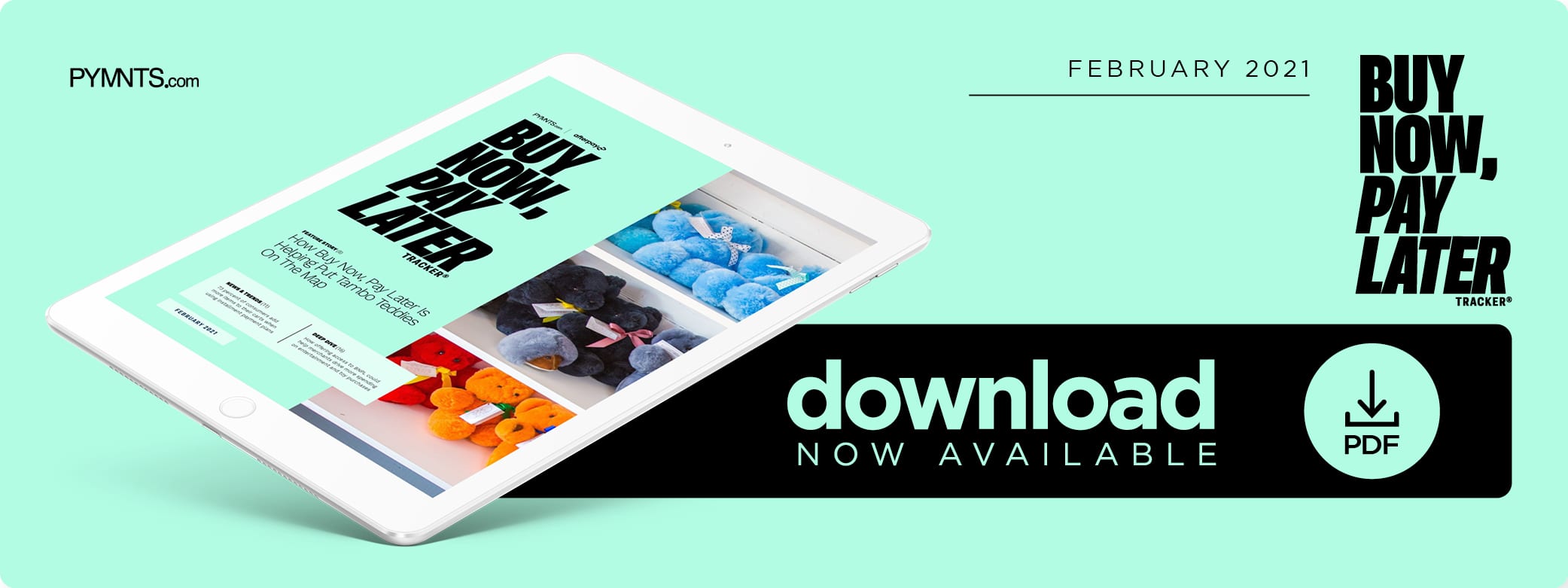Deep Dive: Why Implementing BNPL For Entertainment Spending Can Enable Greater Consumer Conversion, Loyalty

It has been almost a year since the global health crisis began, and consumers are working to stay entertained despite social distancing and stay-at-home requirements.
Purchases of entertainment products for adults and children alike increased rapidly in 2020, with spending on toys alone rising by 16 percent to reach $25 billion in annual sales, for example. Consumers attempting to find new hobbies also spent more in entertainment categories like puzzles, music and books, with sales of print and digital books increasing 9 percent year over year in 2020. One study found that puzzle and board game purchases rose by 228 percent in March of last year, while another determined that music streaming volumes are likely to have grown by $1 billion, even as sales of physical products or live concert tickets decreased.
The pandemic has also prompted many consumers to reevaluate where, how and how much they are spending. Consumers operating under financial distress, including the more than 60 percent of Americans living paycheck to paycheck have notably curtailed their retail spending. Those who live paycheck to paycheck decreased their average spending for online purchases by $93 as well as their number of weekly purchases from November to January, for example. Many economically distressed consumers have also since shifted to paying down their existing credit card debts instead of reaching for these cards when making payments.
Consumers are still seeking payment methods that can give them financial breathing room as they look for bargains when purchasing entertainment products and other items. Merchants are also taking notice of consumers’ changing spending patterns and are attempting to follow suit, adopting emerging payment tools to keep spend-wary customers engaged. Installment payment plans could prove especially advantageous in this regard as these solutions could help consumers who are paying closer attention to their purchases and overall spending better manage the costs of toys, books, games and other entertainment items.
The following Deep Dive examines how buy now, pay later (BNPL) could provide key financial benefits for the parents and shoppers hunting for bargains as well as the merchants competing for their attention. It also analyzes how the shift to online shopping is increasing BNPL’s availability in this spending category and what this means for merchants.

Opening The BNPL Doorway
Consumers’ awareness of BNPL solutions is a critical factor in tapping into such methods to drive entertainment spending. Familiarity with installment payment plans is expanding as consumers seek out alternatives to traditional debit or credit cards, with one study finding that 37 percent of consumers have recently used the payment method for entertainment purposes.
Consumers have also continued to favor digital purchasing during the pandemic, and this shift appears to have opened a doorway for BNPL to slip further into the entertainment spending category. One recent PYMNTS study found that about 13 percent of consumers bought books, music, toys or other such items online in January, for example, while about 4 percent stated they bought such items in physical stores.
The study also found that about 6 percent of consumers who made entertainment purchases online used BNPL methods to do so compared to 4 percent who said the same for in-store purchases. These individuals tapped various BNPL methods to make these purchases, but installment payment provider Afterpay’s solution represented the most popular method in this category aside from merchants’ store cards. PYMNTS data shows that 32 percent of consumers who bought entertainment items online using a BNPL method chose Afterpay.
Consumers making entertainment purchases are likely drawn to BNPL for two main reasons, including its ease of use. BNPL tools such as Afterpay are typically integrated into the online checkout experience as “one-touch” payment options, eliminating any potential frictions during these experiences. The payment method is also notably popular with financially distressed consumers as it can split lump payments into more manageable installments or make smaller, nonessential purchases easier to absorb. One PYMNTS study found that approximately 66 percent of consumers who recently made online purchases using BNPL lived paycheck to paycheck, for example.
Merchants would thus be wise to examine BNPL’s slow but steady advance into the toy and entertainment space, especially those vying for the same crop of consumers. Implementing the payment method could be one way for these retailers to stand out from an expanding crowd.
Offering Entertainment On A Budget
The entertainment sector has always been especially competitive, and generating brand loyalty has become more challenging for merchants as the health crisis and its economic impacts shift consumers’ shopping and payment trends.
Installment plans could be key to establishing customers’ loyalty by enabling them to buy the products and services they desire without experiencing undue financial strain. Implementing BNPL solutions could thus ultimately place merchants at a major advantage, especially as the pandemic’s economic repercussions are likely to continue for the foreseeable future.

